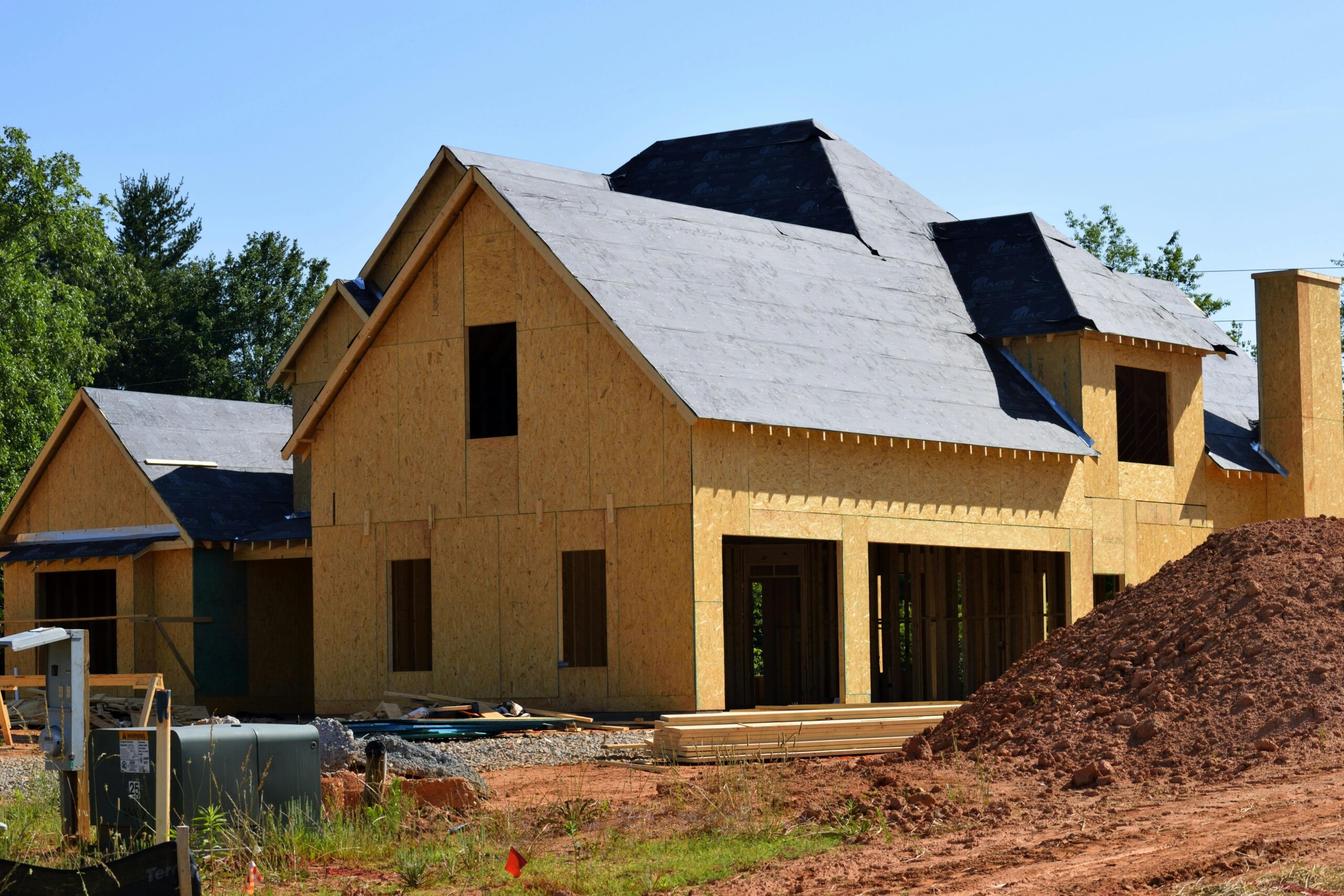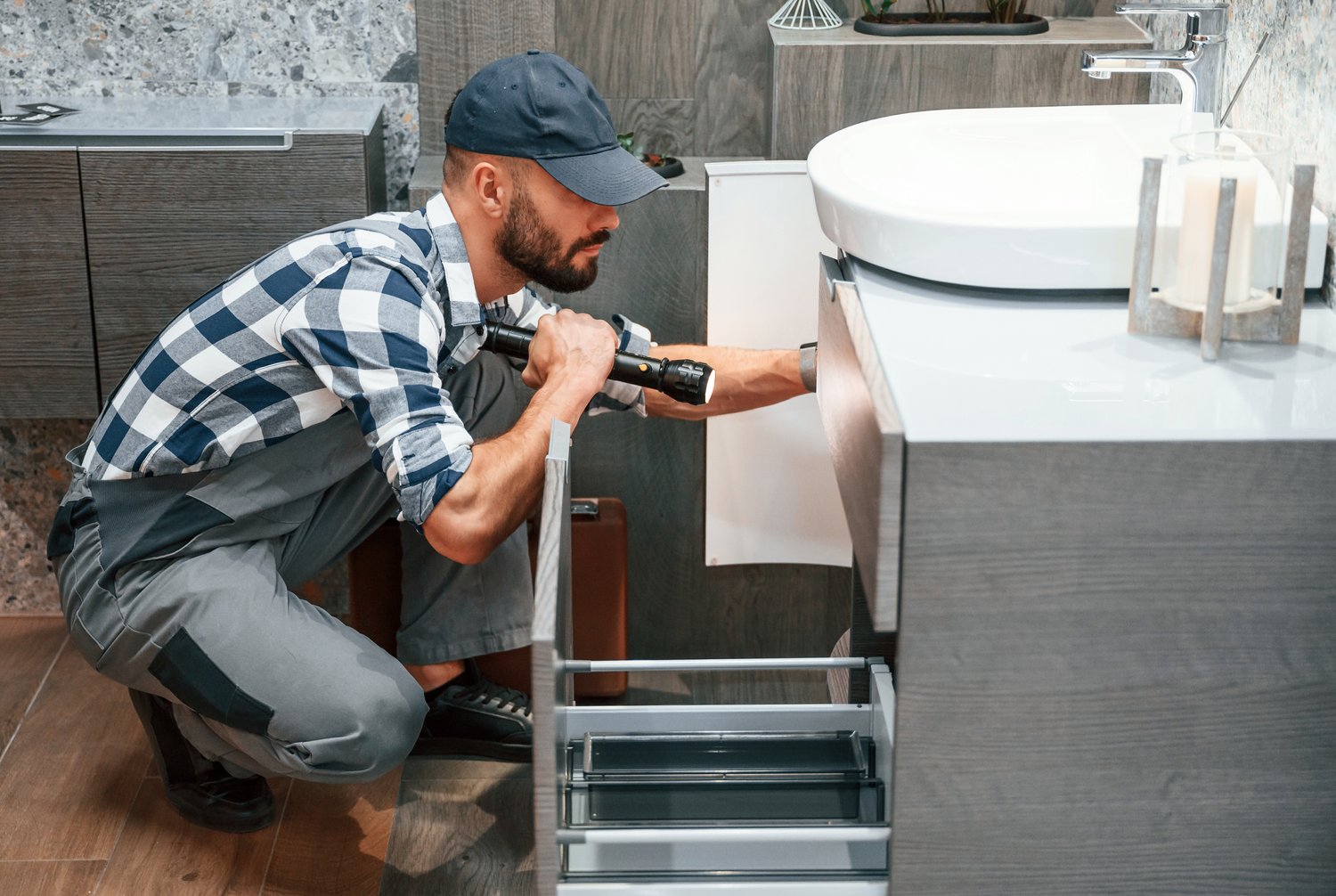A building envelope is much more than just the visible exterior of your home—it’s a sophisticated system that creates a barrier between the indoor and outdoor environments. This critical component encompasses your foundation, walls, roof, windows, and doors working together to regulate temperature, control moisture, and enhance overall structural integrity. Understanding the importance of a properly designed and constructed building envelope can significantly impact your home’s energy efficiency, comfort, and longevity. In this article, we’ll explore how these elements function together and why investing in quality envelope construction makes both environmental and economic sense.
What Exactly Is a Building Envelope?
The building envelope explained importance begins with understanding its definition. Simply put, the building envelope is the physical separator between the conditioned (heated or cooled) interior of a building and the unconditioned exterior environment. This includes the foundation, exterior walls, roof, windows, and doors—all elements that enclose the interior space. Think of it as your home’s skin, providing protection from weather, temperature fluctuations, and external moisture while controlling the movement of heat, air, and vapor.
Unlike individual components such as just insulation or just windows, the envelope functions as an integrated system where each part affects the performance of others. A high-quality building envelope requires thoughtful design and careful construction to ensure all components work harmoniously. When professionals discuss energy efficient home construction details, they’re often referring to how well these elements are selected and assembled to create an effective envelope.
Energy Efficiency and Cost Savings
One of the most compelling reasons to invest in a quality building envelope is the significant impact it has on energy efficiency. Homes with poorly constructed envelopes can lose up to 30% of their heating and cooling energy through air leakage, inadequate insulation, and thermal bridging. This translates directly into higher utility bills and a larger carbon footprint.
Proper air sealing insulation techniques can dramatically reduce these losses. By sealing gaps and cracks and installing adequate insulation throughout the envelope, homeowners can create a thermal boundary that maintains indoor temperatures with minimal energy input. According to experts at AskHomey, homes with well-designed envelopes can achieve energy savings of 20-30% compared to standard construction, making this investment pay for itself over time.
Moisture Control and Preventing Structural Damage
Beyond energy considerations, the building envelope plays a crucial role in controlling moisture—perhaps its most important function for long-term structural integrity. Water intrusion through any part of the envelope can lead to mold growth, wood rot, deterioration of building materials, and even structural failure if left unchecked.
A properly designed envelope includes multiple moisture barriers working together. These include water-resistant barriers in the wall assembly, proper roof flashing and drainage systems, vapor retarders in appropriate locations, and correctly installed windows and doors with proper flashing. When these systems are correctly implemented, they prevent bulk water entry while allowing for necessary drying, creating a balanced approach to moisture management that protects both the structure and indoor air quality.
Comfort and Indoor Environmental Quality
The quality of your building envelope directly impacts how comfortable your home feels. Drafts, cold spots, humidity issues, and temperature fluctuations are all symptoms of envelope deficiencies. A well-constructed envelope maintains consistent temperatures throughout the home, reduces drafts, controls humidity levels, and even helps minimize external noise.
Additionally, the building envelope affects indoor air quality by limiting the infiltration of outdoor pollutants, allergens, and moisture that can lead to mold growth. This makes investment in quality envelope construction particularly important for those with respiratory conditions or allergies, as it creates a healthier indoor environment.
Durability and Long-Term Value
Quality building envelope construction represents one of the most significant factors in determining a home’s durability and longevity. While high-performance envelope features may add to initial construction costs, they typically pay dividends through reduced maintenance, fewer repairs, and longer service life of building components.
Homes with superior envelopes maintain their value better over time, with fewer moisture-related issues, better aging of finishes and materials, and greater resilience during extreme weather events. The energy efficient home construction details that contribute to a good envelope—like proper water management, quality insulation, and durable air barriers—are essentially investments in the long-term value and performance of the property.
The Building Envelope as a System
Understanding that the building envelope functions as an integrated system is crucial. Each component—foundation, walls, roof, windows, and doors—must be designed and installed with consideration for how it interacts with other elements. For example, high-performance windows lose much of their benefit if installed in walls with thermal bridging issues or if air leakage occurs around their perimeters.
This systems-based approach requires attention to connections and transitions between different envelope components, often the most vulnerable points for energy loss and moisture problems. Professional builders who understand these interactions can create envelopes that perform far better than those designed with only individual components in mind.
For more tips and to connect with reliable home service professionals, follow AskHomey on Facebook and Instagram.



